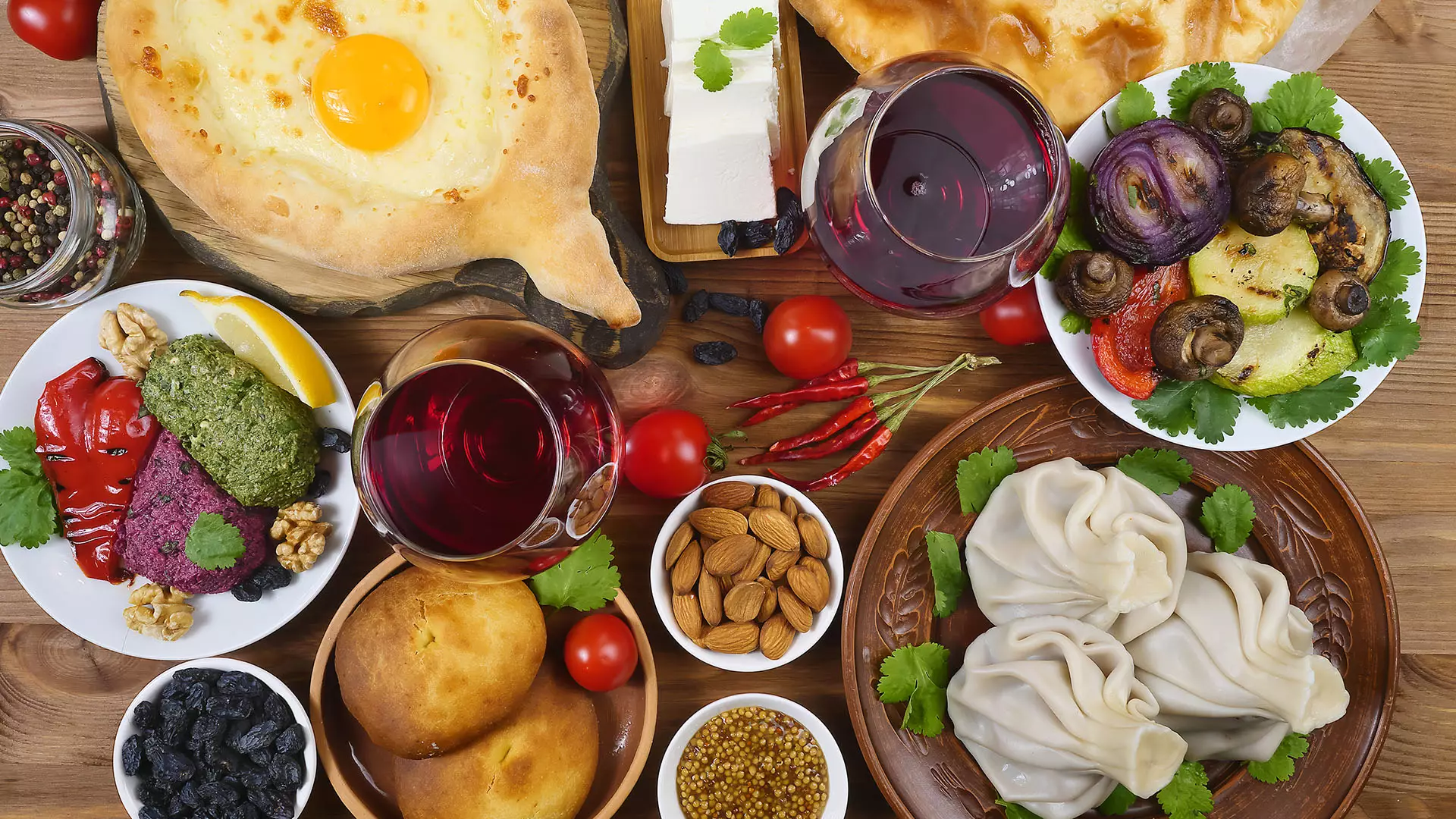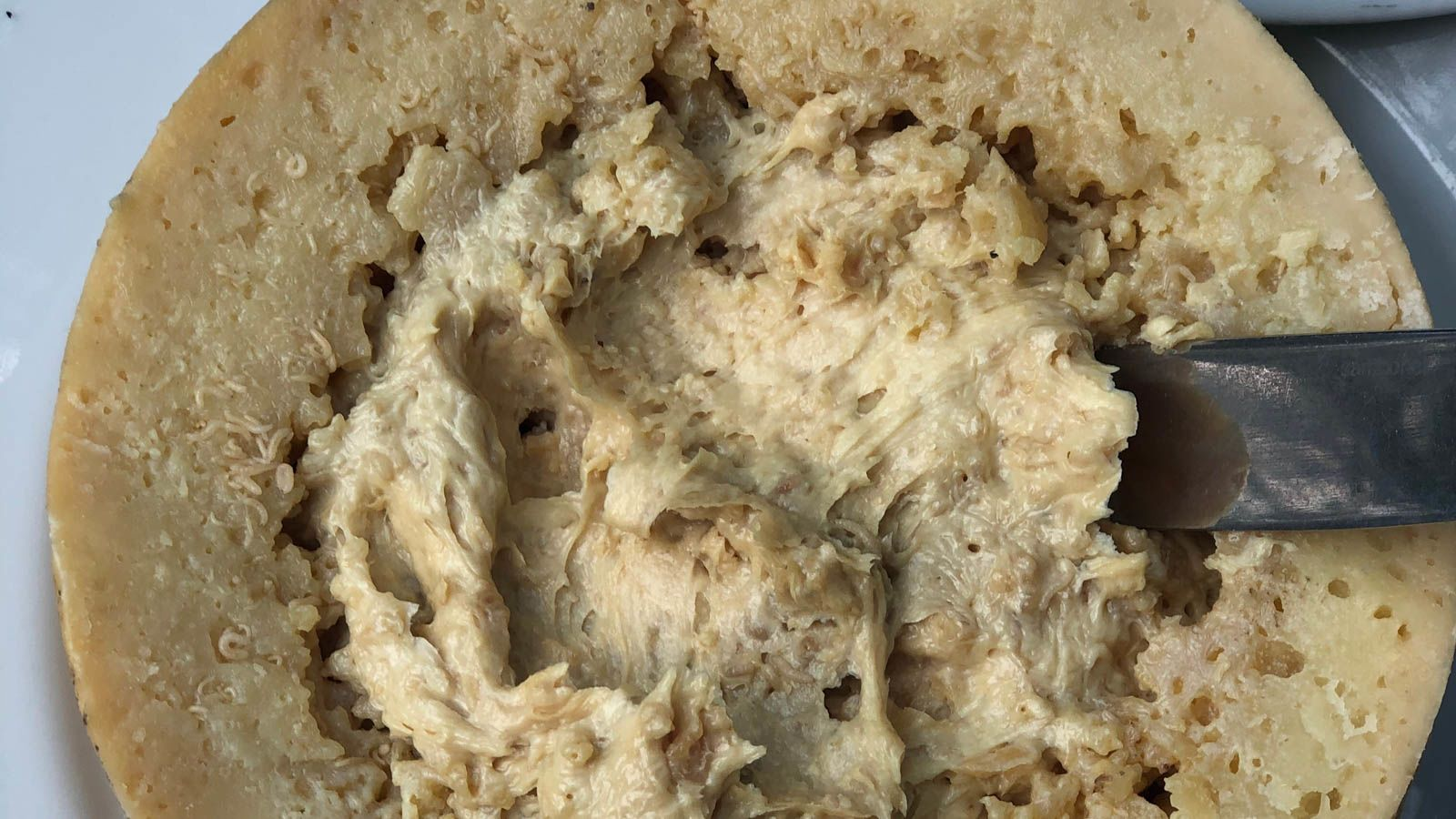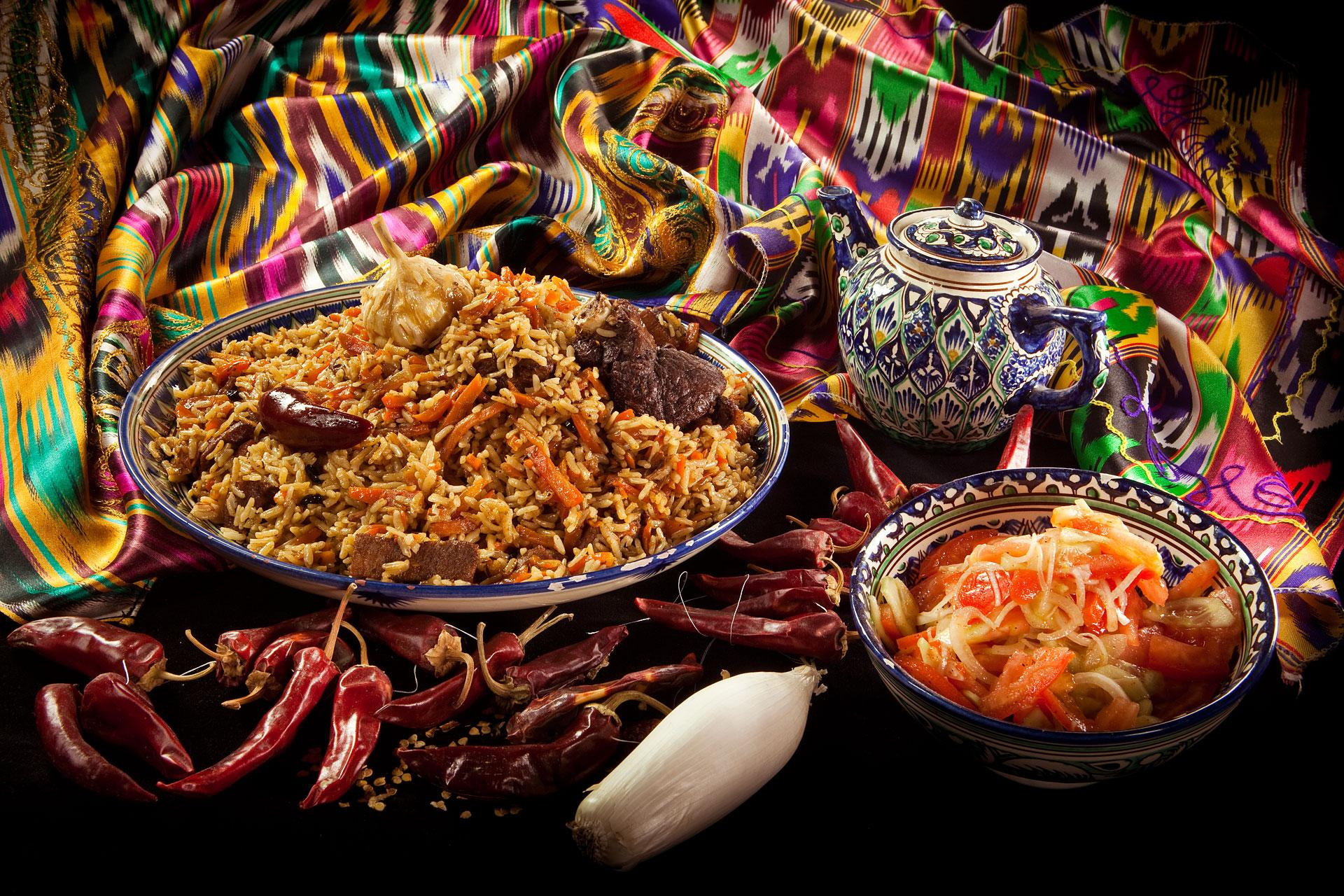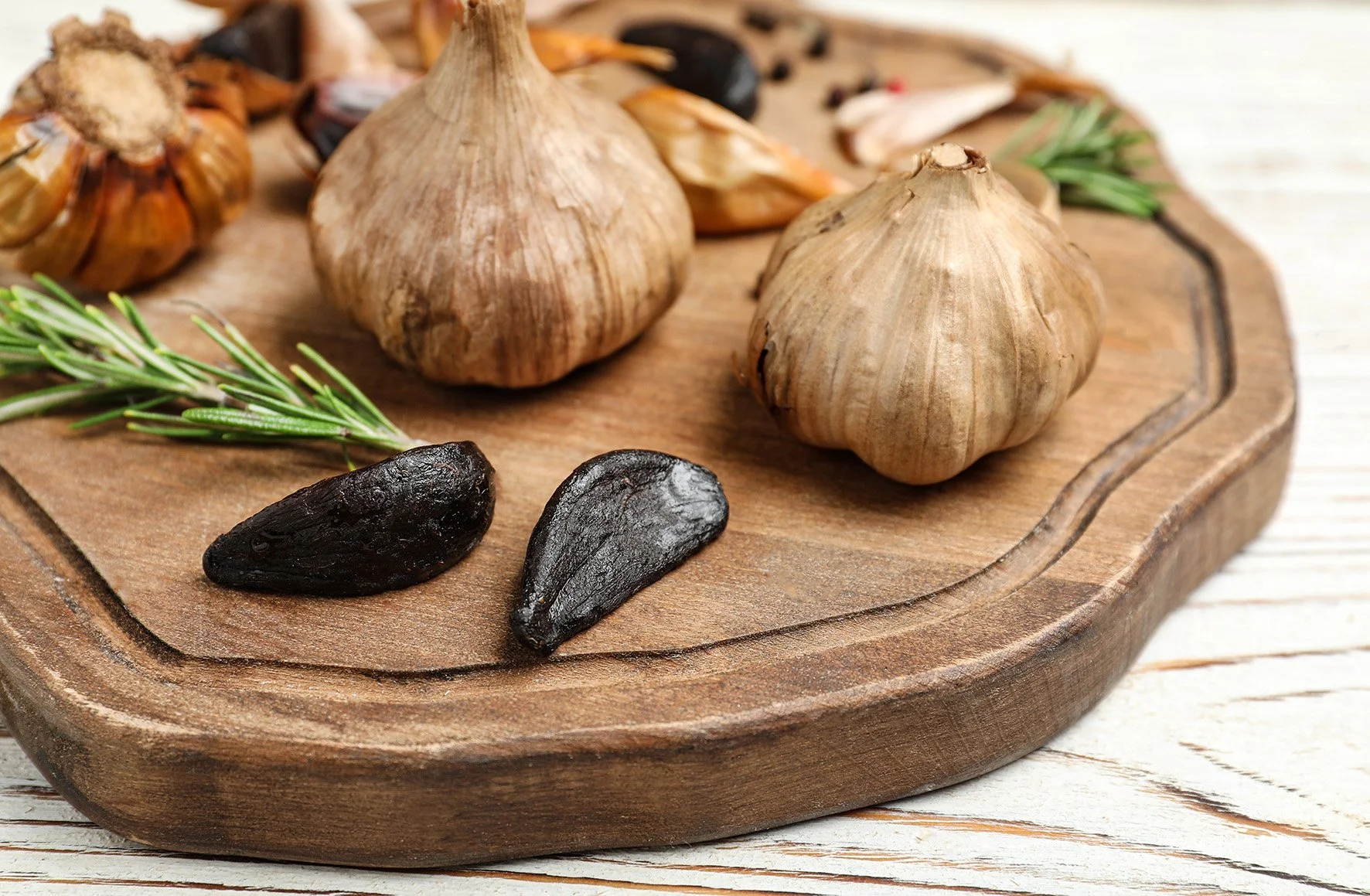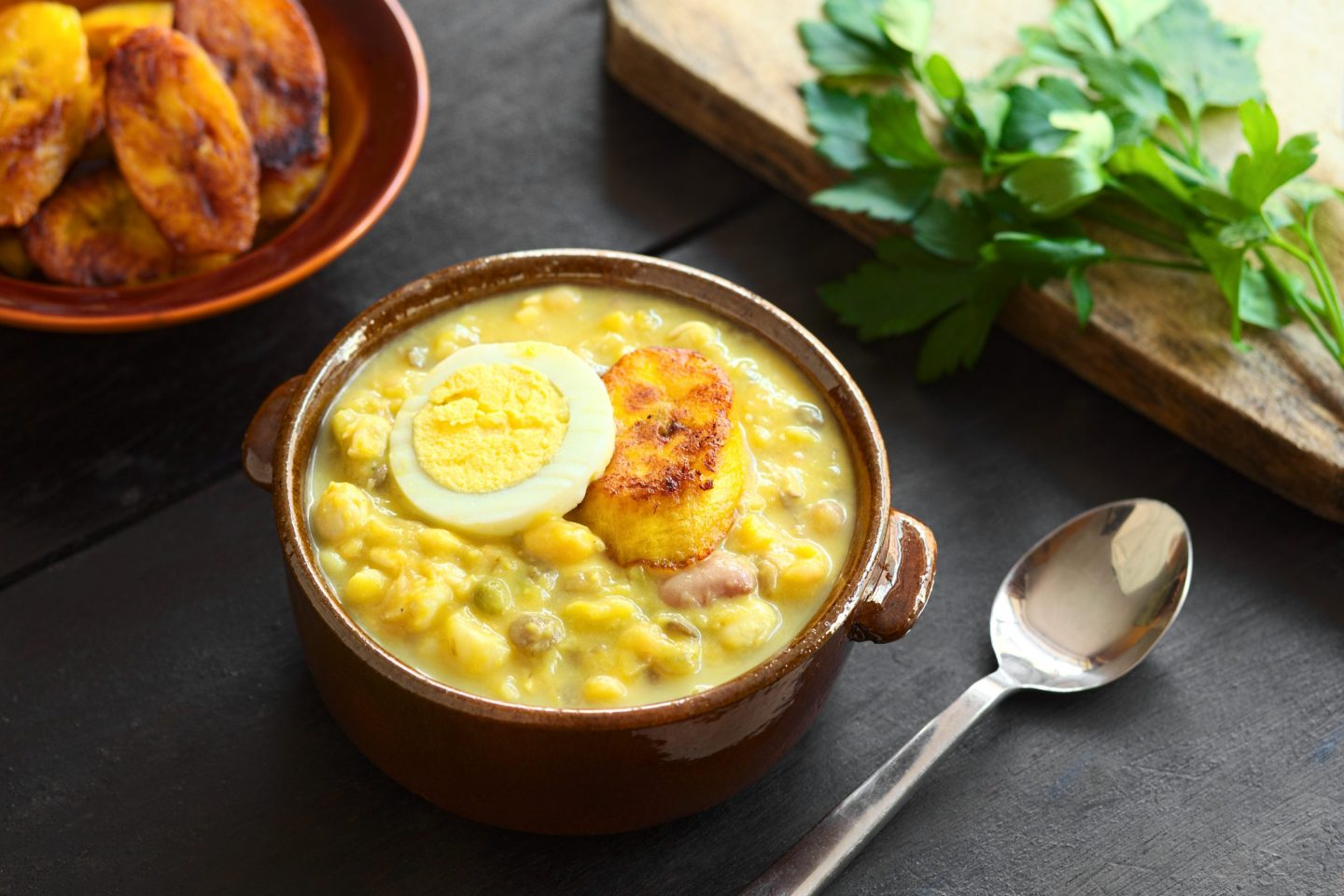In the heart of the Caucasus, Georgia’s ancient culinary tradition known as Supra offers more than just food—it’s a ritual of hospitality, storytelling, and cultural pride. The word supra means “tablecloth” in Georgian, symbolizing a feast that brings families, friends, and even strangers together. Unlike typical meals, a supra is led by a tamada (toastmaster), who guides the rhythm of toasts, each with deep philosophical or emotional meaning. The tamada plays a critical cultural role, ensuring that the celebration is both joyful and respectful, with each toast weaving history, honor, and humor into the gathering.
Central to the supra are traditional dishes like khachapuri (cheese-filled bread), khinkali (spiced meat dumplings), and lobio (bean stew), all served alongside local wines—often homemade. These meals are not rushed; they unfold slowly, with long conversations and an outpouring of heartfelt toasts. The food is deeply regional, using fresh, local ingredients and ancient techniques passed down through generations. It’s not unusual for a supra to last several hours or even all day, becoming a bridge between generations and a reflection of Georgian values of generosity and unity.
In an era of fast food and digital detachment, the Georgian supra stands out as a living culinary tradition that honors human connection and cultural memory. It’s more than just a meal—it’s a cultural experience built on community, respect, and identity. Whether shared in a rustic village home or a bustling city restaurant, the supra offers a timeless reminder: food tastes better when shared with meaning.

